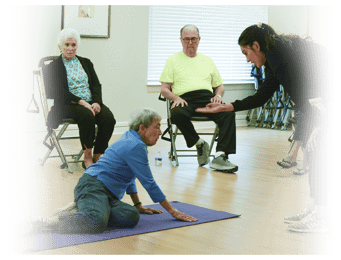 There are several health-related observances through the year and NIFS staff enjoy finding ways to use these to bring attention to important topics. One of those is Falls Prevention Week in September. As a fitness management provider for senior living communities, fall prevention is a hot topic so older adults can live vibrantly for as long as possible. But you might be wondering how can you make something that doesn’t sound so fun be engaging for residents? We have found that there is a love/hate relationship everyone has with any program labeled “Fall Prevention” because residents are certainly interested in learning about how to prevent falls but have a healthy fear of falling. What better way to face a fear than head on and in a practical way, right?
There are several health-related observances through the year and NIFS staff enjoy finding ways to use these to bring attention to important topics. One of those is Falls Prevention Week in September. As a fitness management provider for senior living communities, fall prevention is a hot topic so older adults can live vibrantly for as long as possible. But you might be wondering how can you make something that doesn’t sound so fun be engaging for residents? We have found that there is a love/hate relationship everyone has with any program labeled “Fall Prevention” because residents are certainly interested in learning about how to prevent falls but have a healthy fear of falling. What better way to face a fear than head on and in a practical way, right?
That’s what NIFS fitness managers do during Falls Prevention Week, and you can too with some tips for the basics of planning a robust program:
Get other departments involved. Falls Prevention Week may be okay without any other staff support, but we think you have a better investment from the community and from the residents when other departments get involved. The first department that comes to mind for this topic is physical therapy. Many rehab departments are happy to work with fitness staff in bringing presentations, device checks, and even home safety checks to residents. It goes without saying that partnering with food & beverage is always fun because who doesn’t like to have snacks? Fortunately, many of our communities also have a dietitian on-site and can take it one step further with an event centered on balancing nutrition along with balancing the body. The possibilities are endless with the collaboration.
Have a mix of interactive and educational events. One of the most popular events we host is the Getting Up from a Fall Workshop. During this presentation, NIFS staff members discussed ways to avoid falls in the first place, but they also took the time to demonstrate how to safely fall and (where appropriate) how to get back up off the floor. Participants then have the option to work one-on-one with staff and learn how to safely get themselves onto the floor and back up into a chair without falling. Residents appreciate the chance to learn and then to try things themselves.
Follow up with participants. A key element to Falls Prevention Week is making sure you know who participated so you can reach out to them afterwards. There’s always a “next step” available so it’s nice to be able to personalize that according to the needs of the specific participant. For some people, it’s a balance evaluation, for others it might be a 1-on-1 exercise prescription, and for others it’s simply going to be a class recommendation. No matter what the recommendation is, following up with each individual makes the week more personal and gives them more buy-in to continue working on their own fall prevention skills.
Offering these examples remind me of feedback one of our fitness staff received from a Falls Prevention Week participant. He came to us, letting us know he had experienced a fall. It was a simple situation where they thought there was a sturdy spot to lean on, however, it wasn’t. He reported that having just completed a Fall Prevention event that day, he remembered the tips and tricks provided that can lessen the injuring that could result from a fall. Fortunately, he didn’t experience an injury and shared the news with everyone exclaiming “You do not want to miss out on this program! It really works!”
How is your community programing around health initiatives, involving the community staff, and engaging your residents? We encourage you to evaluate how you can enhance these opportunities so your residents can get more bang for their buck! For expert insight on how to make balance programming a cornerstone in your fitness center, check out NIFS Balance Redefined programming.


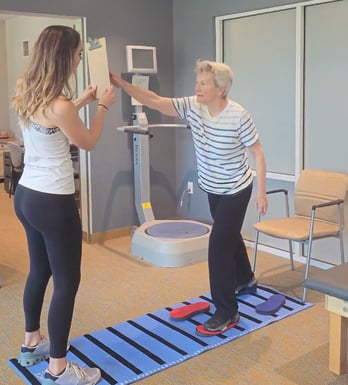 What is great about practicing balance is that there are multiple ways to do it including the utilization of various machines. Within senior living, evaluating equipment options can be a helpful starting point to developing a comprehensive fall prevention program for residents. In this two-part blog series, we’ll be covering investment pieces to incorporate in your fitness center’s fall prevention programming as well as more budget-friendly options if you are looking for more cost-effective options to give your
What is great about practicing balance is that there are multiple ways to do it including the utilization of various machines. Within senior living, evaluating equipment options can be a helpful starting point to developing a comprehensive fall prevention program for residents. In this two-part blog series, we’ll be covering investment pieces to incorporate in your fitness center’s fall prevention programming as well as more budget-friendly options if you are looking for more cost-effective options to give your 
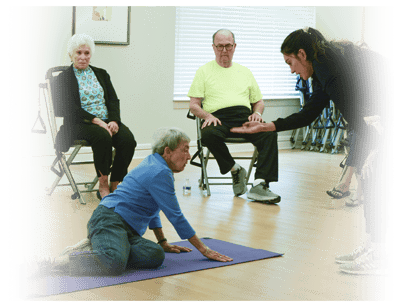 Fall prevention programs and services have been a cornerstone of
Fall prevention programs and services have been a cornerstone of 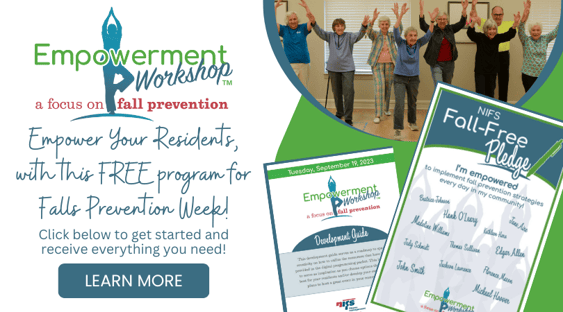
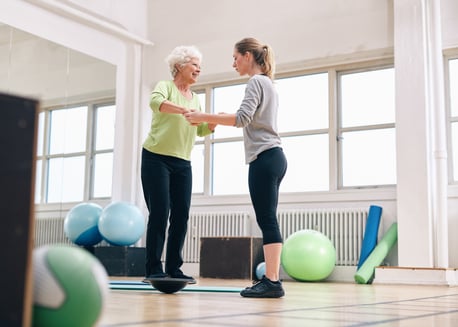 If you’ve ever worked with older adults you likely know about this love/hate relationship everyone has with any program labeled “Fall Prevention”. Residents are certainly interested in learning about how to prevent falls. They have a healthy fear of falling. But often times, they don’t want to move outside of their comfort zone to practice the things that will actually improve balance and fall prevention.
If you’ve ever worked with older adults you likely know about this love/hate relationship everyone has with any program labeled “Fall Prevention”. Residents are certainly interested in learning about how to prevent falls. They have a healthy fear of falling. But often times, they don’t want to move outside of their comfort zone to practice the things that will actually improve balance and fall prevention.
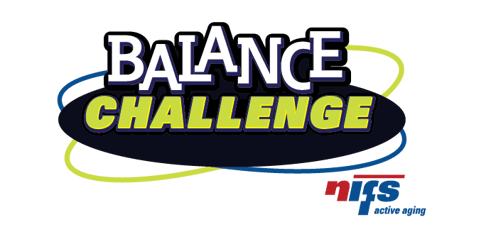 As you might know, just the fear of falling can have significant and lasting impact on older adults or family members’ quality of life. In fact, the fear itself is a risk factor for falls. The good news is that falls can be prevented through balance-specific training and education, which is why NIFS has adopted a comprehensive balance-training method that goes far beyond simply offering balance-training group fitness classes.
As you might know, just the fear of falling can have significant and lasting impact on older adults or family members’ quality of life. In fact, the fear itself is a risk factor for falls. The good news is that falls can be prevented through balance-specific training and education, which is why NIFS has adopted a comprehensive balance-training method that goes far beyond simply offering balance-training group fitness classes.
.jpg?width=431&name=GettyImages-993622692%20(1).jpg) Training yourself to do something that feels unnatural is never easy, but it’s also never too late to learn an important skill.
Training yourself to do something that feels unnatural is never easy, but it’s also never too late to learn an important skill. 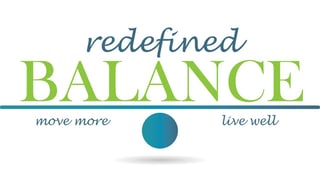

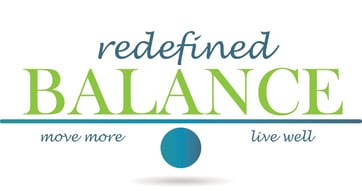

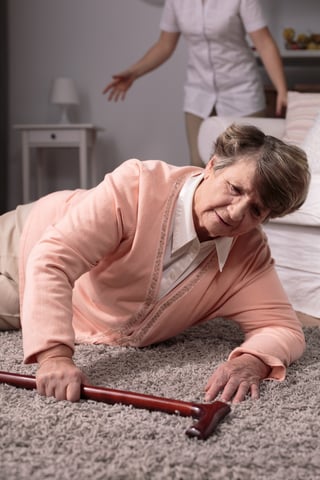 The numbers are clear:
The numbers are clear: 


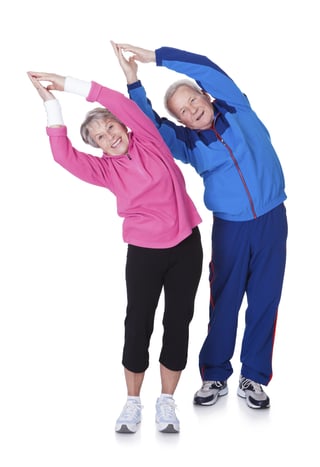 ith a proactive approach to balance training, we have embarked on a comprehensive fall-prevention model.
ith a proactive approach to balance training, we have embarked on a comprehensive fall-prevention model. 